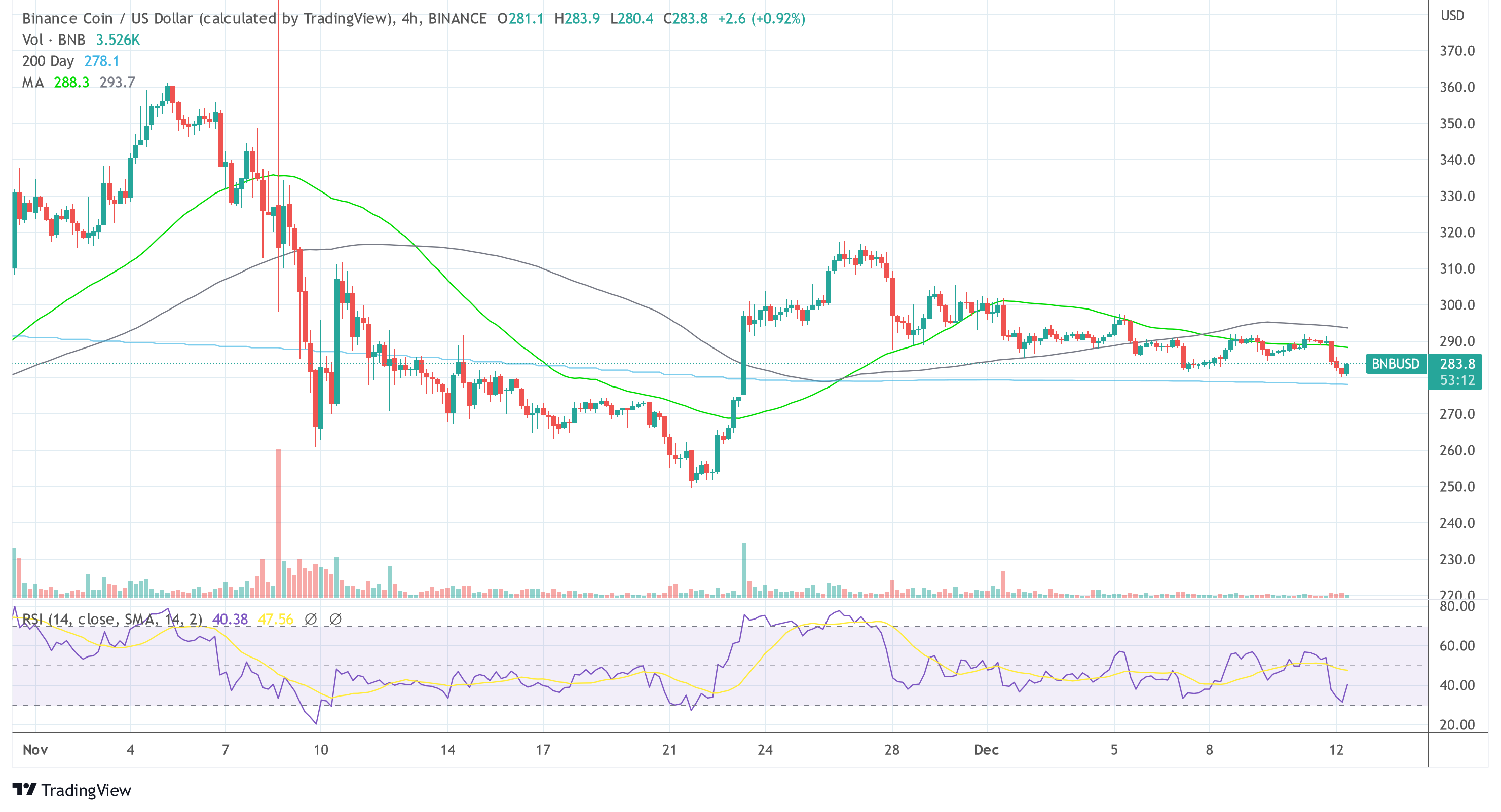Binance ‘Finances Remain A Mystery,’ Claims New Report As Criticism Grows
After the collapse of FTX, Binance is at the center of all the controversies surrounding the introduction of a Proof of Reserves.
After FTX’s bankruptcy, almost all major crypto exchanges have started to provide a supposed proof that they are not speculating with their customers’ funds and hold them in full.
Since there is no industry-wide standard for Proof of Reserves (PoR) yet, the community is looking particularly critically at the exchanges’ approach. And Changpeng Zhao’s Binance and its latest PoR are, of course, at the top of the list.
The Wall Street Journal recently published a report that comes down hard on Binance. The exchange hired an outside accounting firm to prepare a “proof-of-reserve report” covering some of its assets and liabilities.
However, as the crypto community found out, this is an “agreed-upon procedures engagement” (AUP), which is “not an audit, review or assurance engagement,” according to the accounting firm.
— Dylan LeClair
(@DylanLeClair_) December 8, 2022
New Report Raises Questions About The Accounting Of Binance
The WSJ’s latest report also takes aim at this. It warns that investors should not be satisfied with the report. Douglas Carmichael, an accounting professor at Baruch College in New York and former chief auditor of the U.S. Public Company Accounting Oversight Board explained:
I can’t imagine it answers all the questions an investor would have about the sufficiency of collateralization. That’s the main thing it seems to speak to.
As the report notes, Binance is a private company that is not required to provide audited financial statements and never has.
Also a red flag, the report says, is that Binance Chief Strategy Officer Patrick Hillmann was unable to name Binance’s parent company, as Binance “has been undergoing a corporate restructuring for nearly two years.”
The PoR report is a five-page letter from a partner at the South African subsidiary of global accounting firm Mazars and includes three figures. However, these raise further questions.
While the “customer liability report balance” figure was 597,602 bitcoins, Binance puts its “asset balance report” at 582,486 bitcoins. The difference apparently means that Binance is not meeting its 1:1 ratio of reserves to customer assets:
The upshot is that the total bitcoin liabilities cited in the Mazars letter were 3% greater than the bitcoin assets that were included within the scope of the report as of the reporting date, which was Nov. 22.
101% Collateralized?
The third figure “net liability balance (excluding assets lent to customers) paints a different picture. It shows a liability figure that had been revised downward by about 21,860 BTC to 575,742 BTC.
The justification for this are customer crypto assets lent via loans or margin accounts, which led Mazar to conclude that Binance was “101% collateralized when the methodology was applied.”
Hal Schroeder, a former member of the Financial Accounting Standards Board (FASB) pointed out another problem. According to him, the Mazars report is lacking in meaning because it does not include information about the quality of Binance’s internal controls:
We don’t know how good Binance’s systems are to liquidate assets to cover any margin loans. And we know that banks in the U.S. have been caught off guard on occasion, despite all the good systems in place.
Given what we’ve seen in the Bahamas, I don’t want to conclude that all systems are that good.
As of press time, the price of BNB was at $283.80.

OhNoCryptocurrency via https://www.ohnocrypto.com/ @Jake Simmons, @Khareem Sudlow
